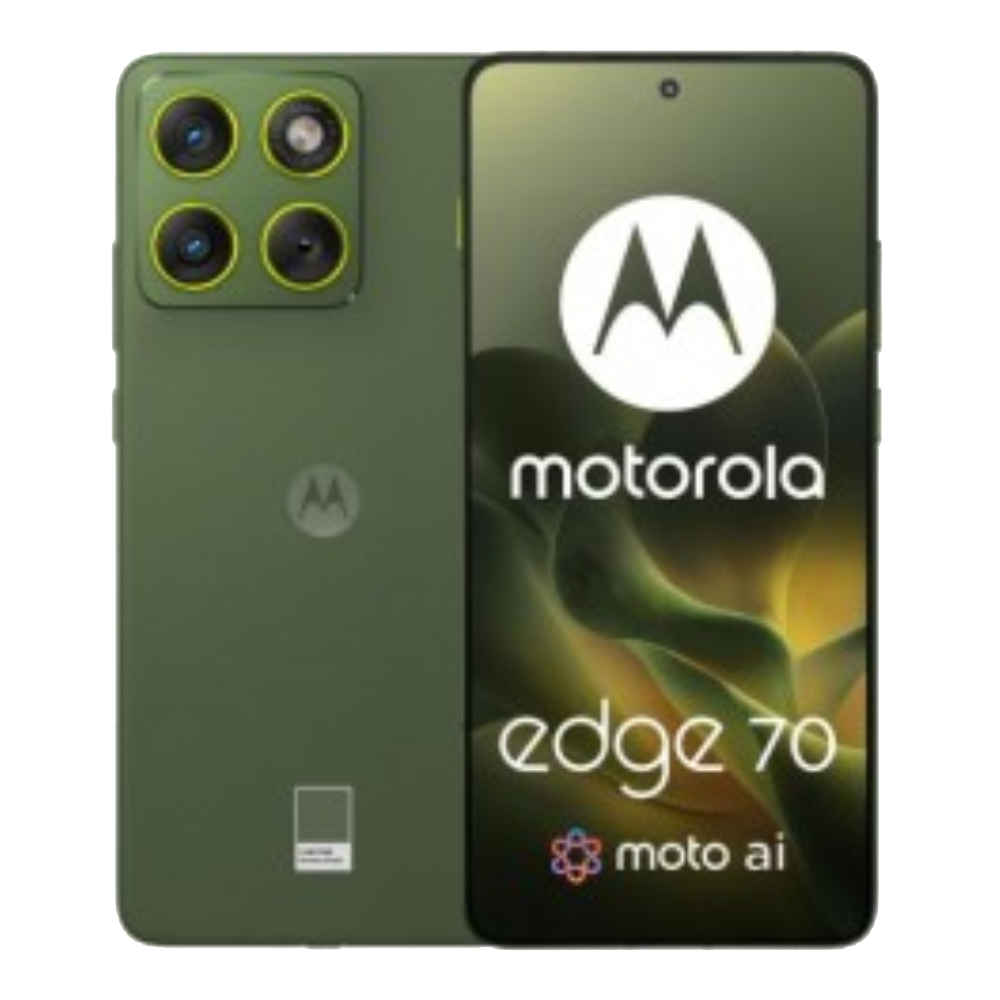Apple appears to be moving closer to launching its much-awaited foldable iPhone, with a new report now claiming that the company has finalised the display panel design and assembly process for it. However, the latest report also reveals that there are some other challenges that Apple needs to address.
Apple reportedly approves foldable iPhone display design
According to a report from Wccftech, Apple has signed off on the OLED design for the foldable iPhone's primary and cover displays. Prototype configurations reportedly feature a 7.74-inch internal screen and a 5.49-inch external display. However, these dimensions could still be subject to change as the foldable moves through further testing.
As per the latest report, Foxconn, Apple's primary manufacturing partner, has completed preparations for the smartphone's assembly line. However, despite these advances, two major components of the iPhone foldable remain unresolved - the hinge mechanism and battery.

Wccftech reports that Apple is still testing its specialised liquid-metal hinge, which is a critical part of the design that has not yet been approved for mass manufacturing. The part is said to be expensive, with unit pricing landing between $70 to $80 (approximately Rs 7,000).
Besides, Apple is reportedly assessing durability concerns before issuing a full production go ahead. It makes sense since a previous report did hint at the foldable iPhone build quality to be top tier. It's particularly challenging, given that previous reports did hint at Apple trying to make the foldable iPhone pricing cheap at the same time.
Battery supply is another sticking point. Apple has tested multiple prototypes with capacities ranging from 5,400mAh to 5,800mAh, but it has not finalised a supplier. Neither has a unit been validated that meets its long-term safety and performance standards for the foldable form factor. Without approval for both the hinge and the battery, full-scale production cannot begin.
With the display panel and assembly line reportedly locked in, the timeline now hinges on Apple's ability to validate the remaining components. For now, it seems like the foldable iPhone could launch in 2026.




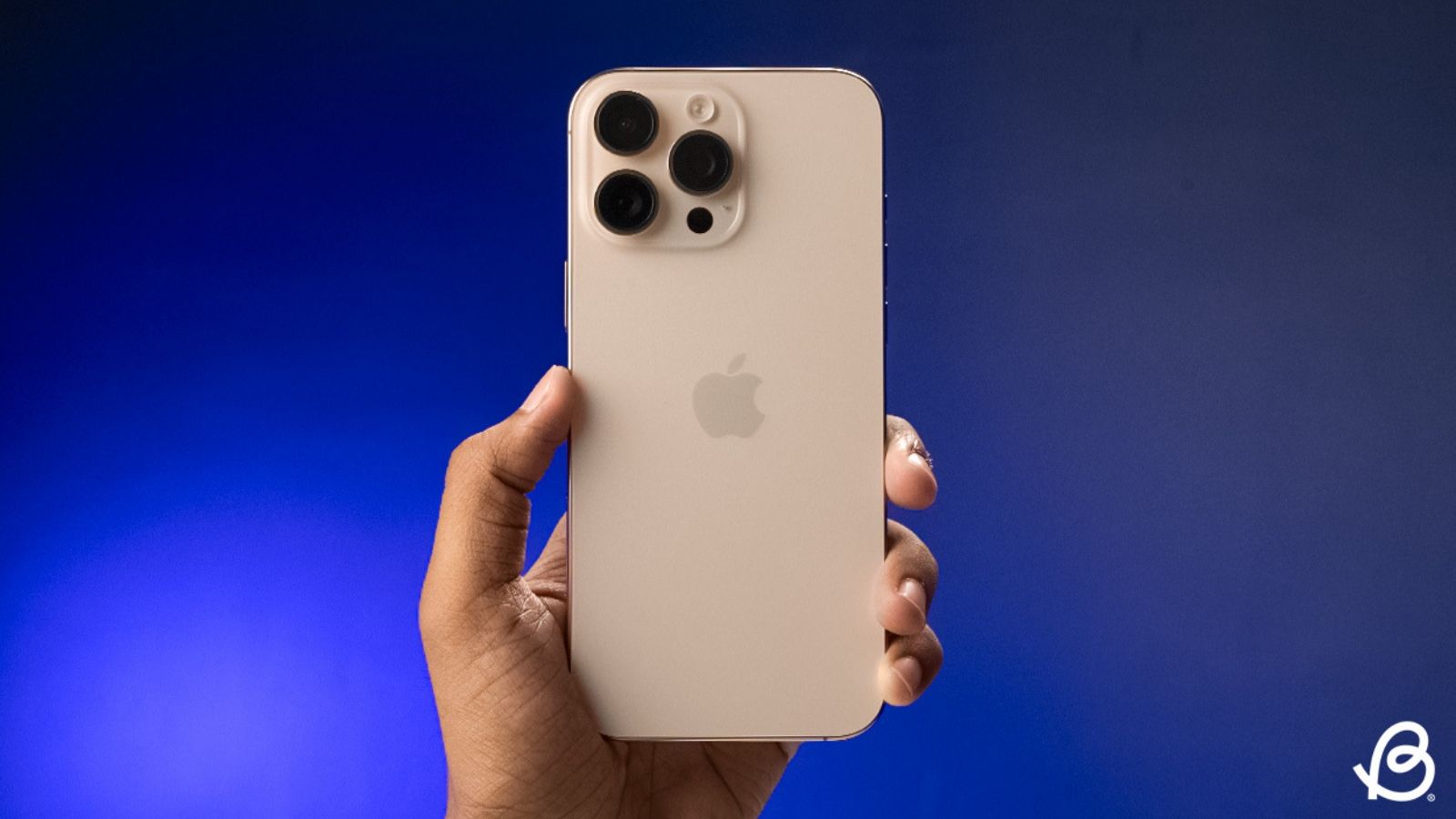
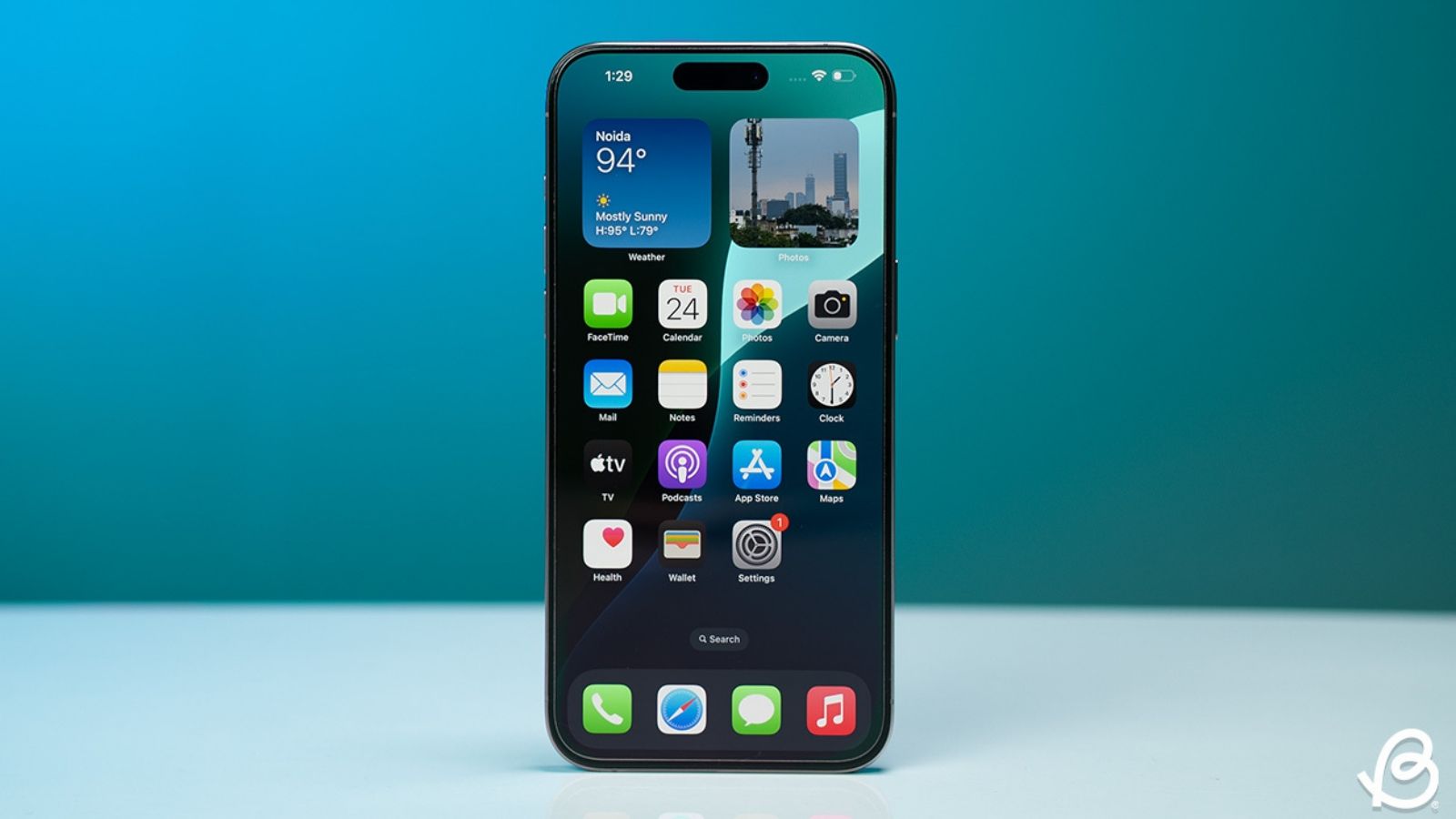






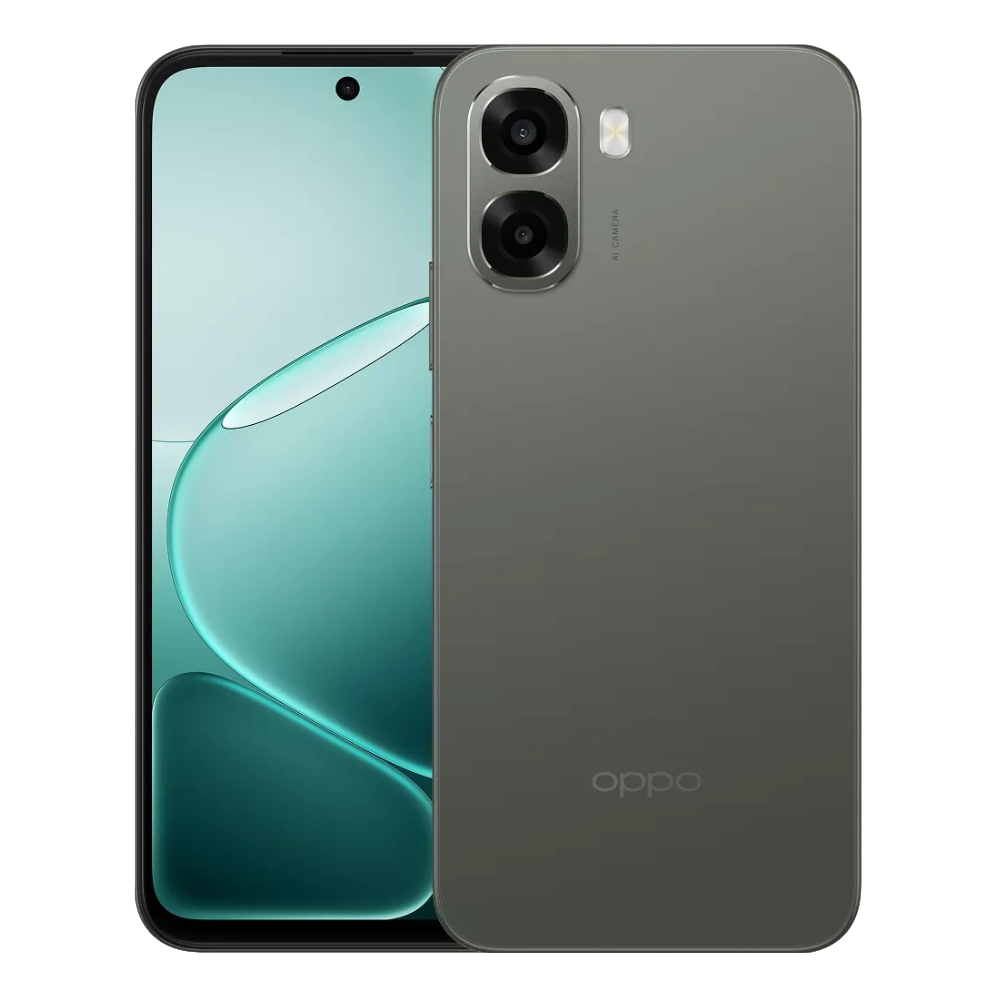
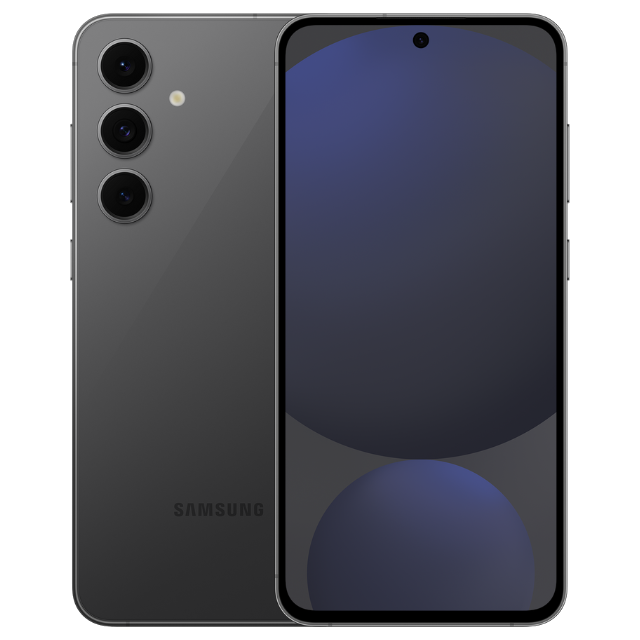



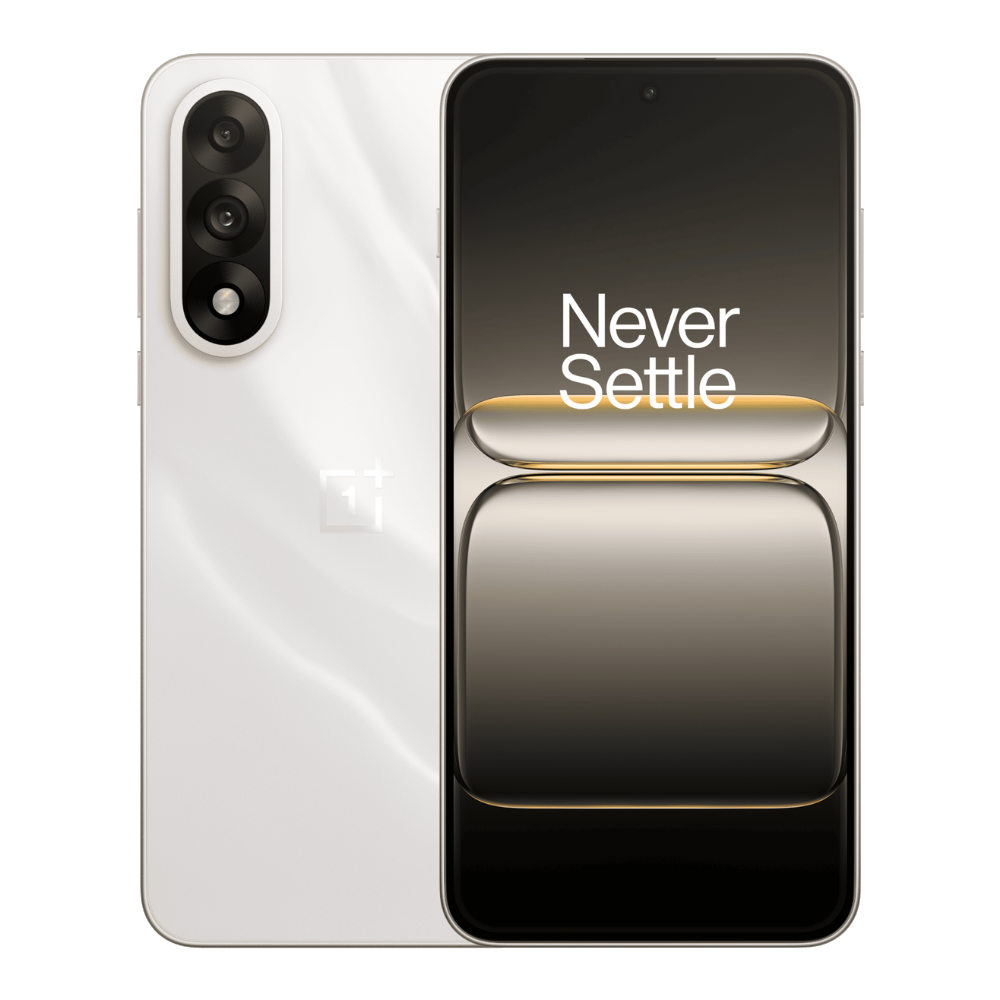



.png)
